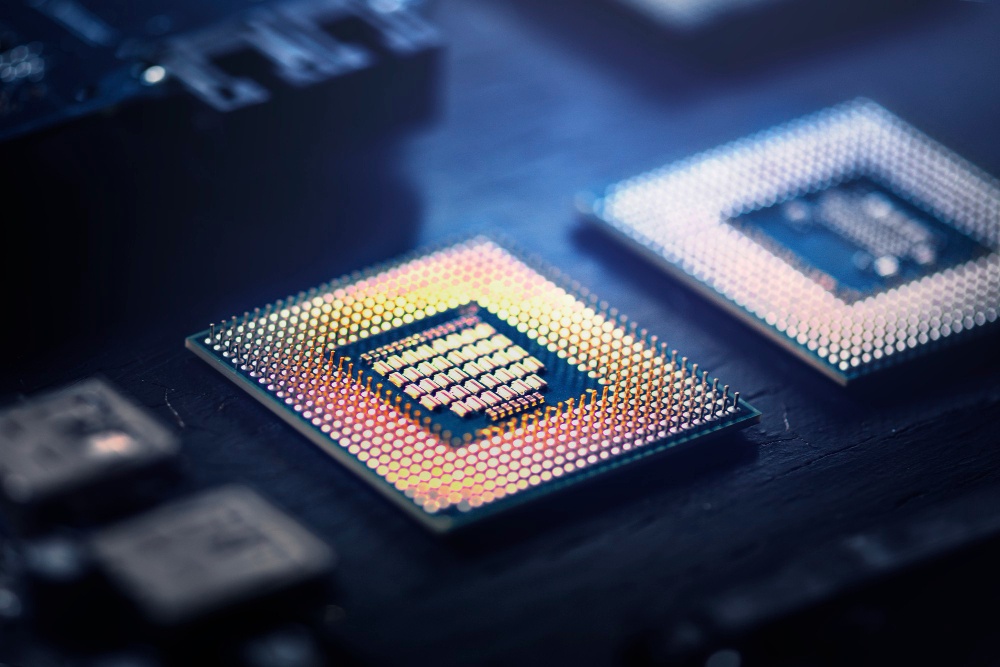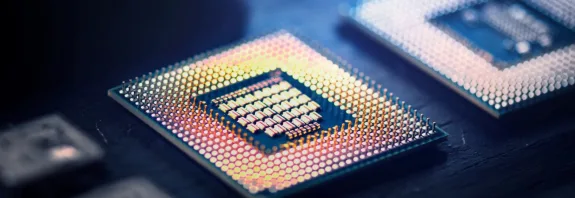When Did the First Processor Appear?

When Did the First Processor Appear? The first processor appeared in 1971 and was called the Intel 4004. This processor was developed by Intel for use in calculators. It featured a 4-bit architecture and consisted of more than 2,000 transistors. Although the Intel 4004 was very basic by today’s standards. It represented a massive leap forward in the development of electronic technology and paved the way for the creation of more powerful processors.
When Did the First Processor Appear?
In the following years, Intel continued to develop more advanced processors, which found applications in various fields, from science and technology to business and personal use. In 1978, the Intel 8086 was launched, one of the first 16-bit processors, which was used in the original IBM PC.
Over the subsequent decades, processors continued to evolve, becoming increasingly powerful and capable of handling a growing number of tasks. Today, modern processors contain millions of transistors and can perform billions of operations per second. They are utilized across a wide range of industries, from science and technology to business and personal applications.
In addition to Intel, other manufacturers such as AMD, Qualcomm, IBM, and others are present in the processor market. Competition among these companies drives technological advancements and provides users with greater choices. Thanks to the continuous development of processor technology, we can now use increasingly powerful computers and devices that assist us in our daily lives. Nowadays, processors are found not only in computers but also in phones, tablets, Internet of Things (IoT) devices, and many other technologies.
One key direction in processor development is reducing their size and power consumption. Enabling the creation of more compact and mobile devices with longer battery life.
Additionally, the technology of multi-core processors is advancing, allowing for more operations to be performed simultaneously and boosting device performance
The relentless innovation in the world of processors has transformed them into the backbone of modern technology. Beyond their technical specifications, processors have revolutionized how we work, communicate, and entertain ourselves. For instance, the shift from single-core to multi-core processors has made multitasking seamless, enabling everything from gaming to complex data analysis on a single device. This evolution reflects humanity’s pursuit of efficiency and capability in an increasingly digital world.
Looking ahead, the future of processors promises even more exciting possibilities. Emerging trends like quantum computing and AI-optimized chips suggest that we are on the cusp of another technological revolution. As processors become more specialized and integrated with artificial intelligence, they could unlock breakthroughs in fields like medicine, climate research, and space exploration, further cementing their role as a cornerstone of progress.
In the world of processors, a constant race for innovation ensures their growing power and functionality. Each new processor opens up fresh opportunities for scientific research, technological progress, and human development.









